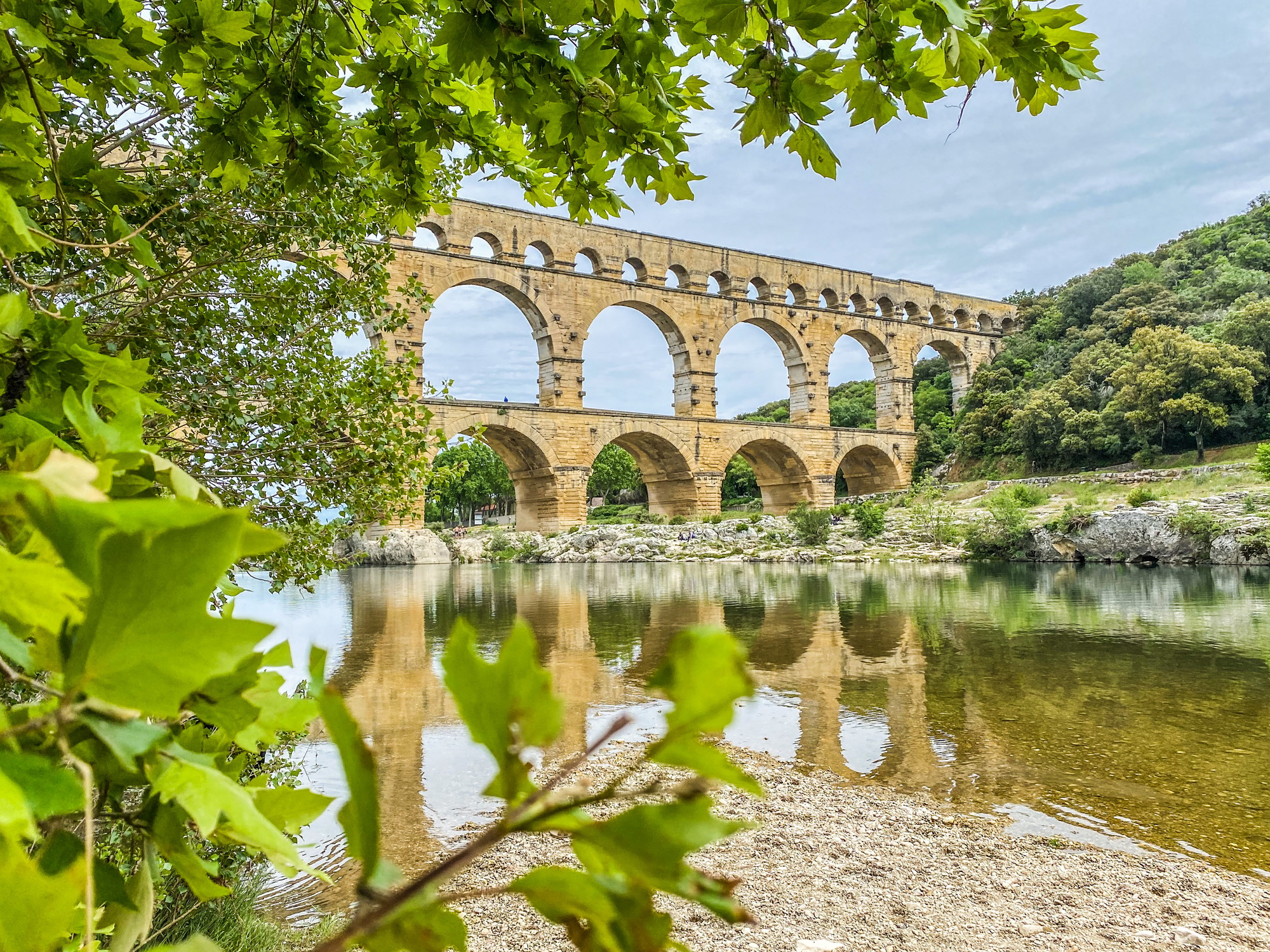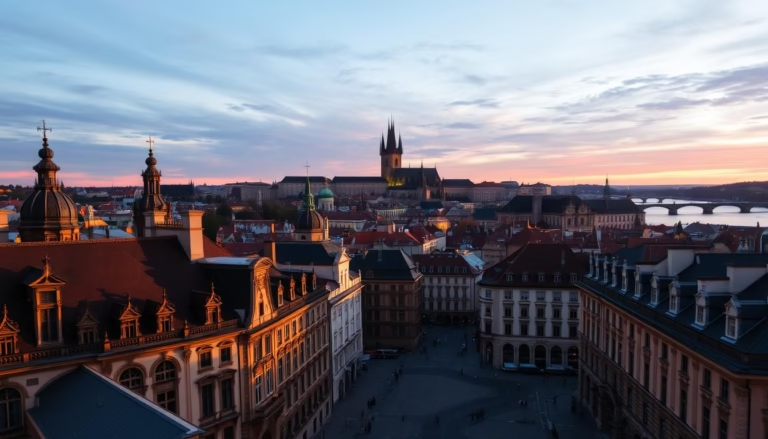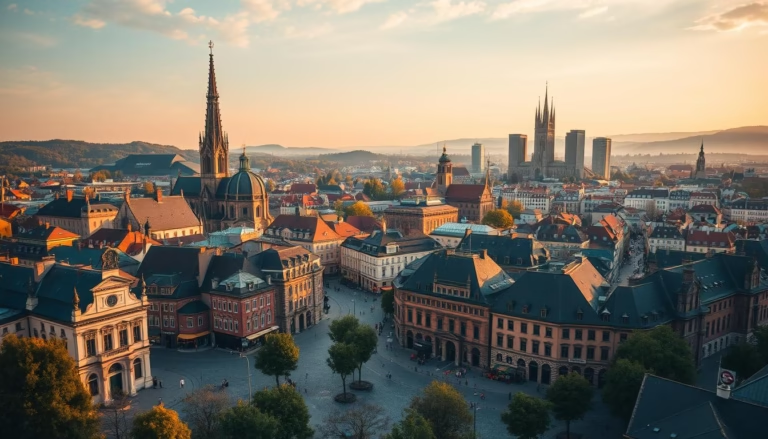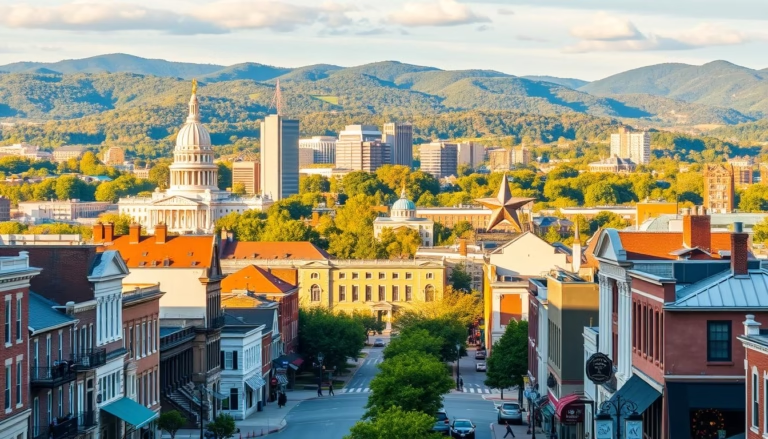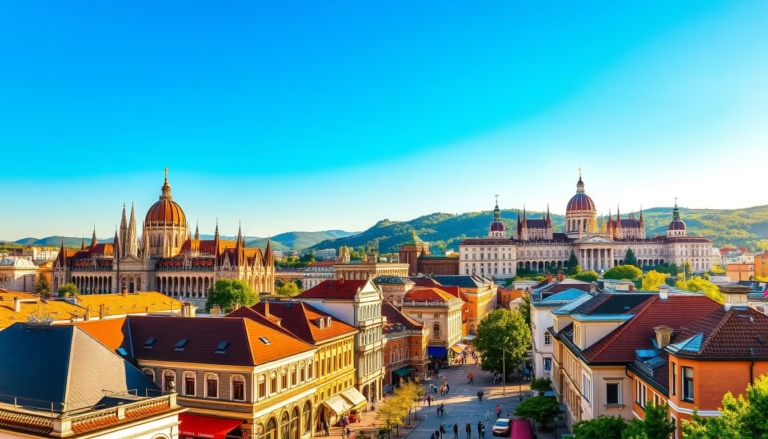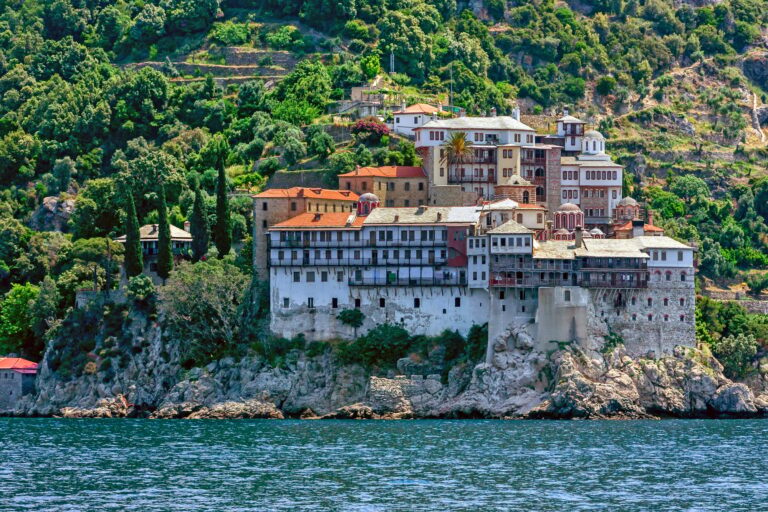12 Ancient Roman Monuments That Will Transport You Through Time
Dive into the magnificent world of ancient Rome, where monumental structures still whisper tales of glory and grandeur. Each stone tells a story of emperors and ordinary citizens, gladiators and gods, all woven into the rich fabric of history. From grand theaters to awe-inspiring aqueducts, let us guide you through a journey to twelve stunning, time-worn monuments that have defied the ages and continue to captivate our imaginations.
Table of Contents
- The Pantheon: A Testament to Engineering Mastery
- The Colosseum: Where Legends Were Born
- The Roman Amphitheater of El Djem: A Sandstone Giant
- The Pula Arena: Croatia’s Roman Heritage
- Ephesus: The Great Theatre of Ancient Times
- The Rotunda of Galerius: Ancient Meets Modern
- Jerash: The Oval Forum and the Arch of Hadrian
- Hadrian’s Wall: A Boundary of Stories
- Timgad: The Ancient Town of North Africa
- Villa Romana del Casale: A Mosaic Wonderland
- The Pont du Gard: Ancient Aqueduct Marvel
- Diocletian’s Palace: The Heart of Split’s Heritage
The Pantheon: A Testament to Engineering Mastery
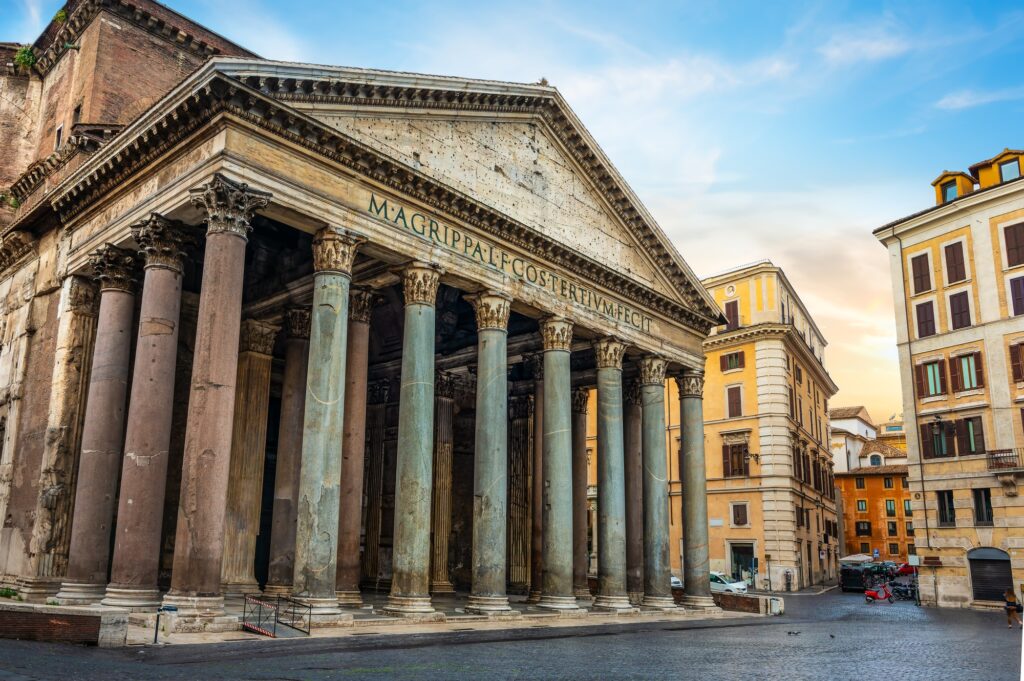
Step into the awe-inspiring world of the Pantheon in Rome, a magnificent structure built in 126 AD that has stood the test of time. Designed as a temple for all Roman gods, this architectural marvel boasts the world’s largest unreinforced concrete dome, topped with an oculus that opens to the sky, allowing light to dance across its interior. As you stand beneath the grand dome, the essence of ancient spirituality envelops you, transporting your mind back to a time when gods walked among mortals, and monumental feats defined an empire.
The Colosseum: Where Legends Were Born
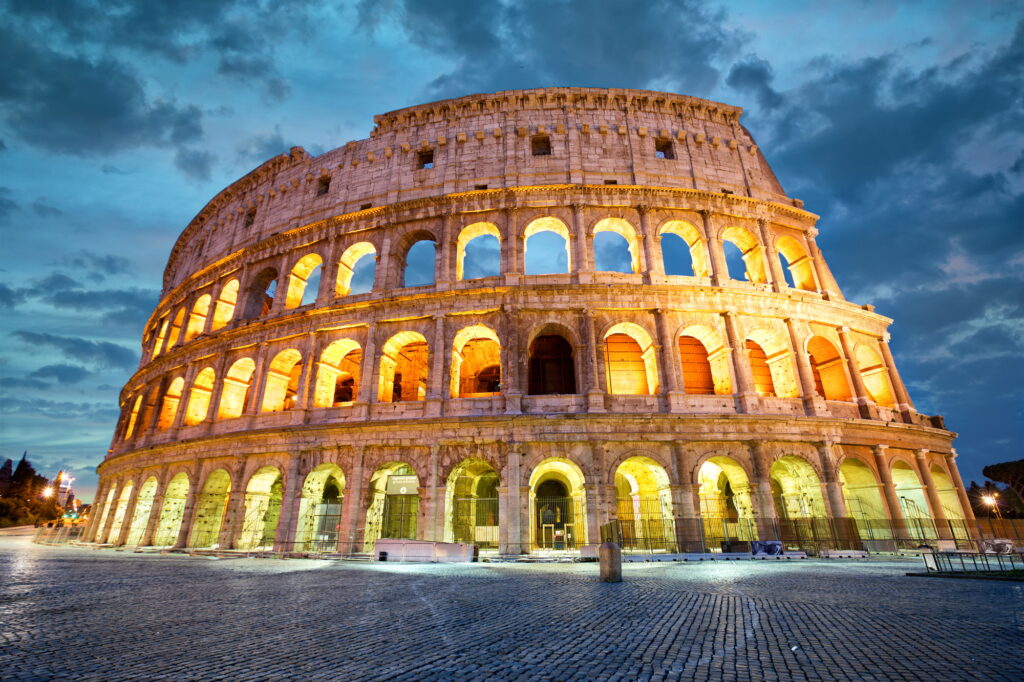
Imagine the roar of tens of thousands as you walk through the ancient corridors of the Colosseum, the largest amphitheater in the Roman world. Constructed by Emperor Vespasian in 72 AD, it was home to epic gladiatorial battles and thrilling public spectacles. With a capacity of over 50,000 spectators, this imposing structure is a symbol of the might and cultural eccentricities of ancient Rome. As you explore its vast interior, you can almost hear the cheers of the crowd and the clash of swords, feeling the energy of the arena that once echoed with life and death.
The Roman Amphitheater of El Djem: A Sandstone Giant
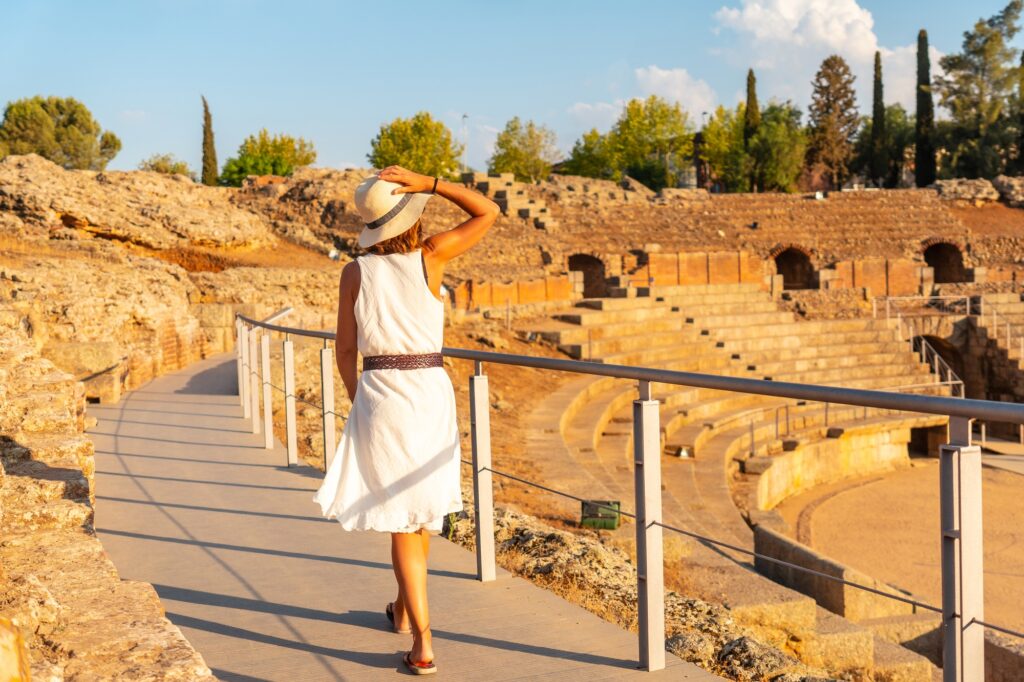
Venture to Tunisia and behold the stunning El Djem Amphitheater, an architectural masterpiece built in the early 3rd century AD. With a capacity of 35,000 spectators, this colossal structure rivals the Colosseum in its grandeur. As you wander through its well-preserved passageways, the whispers of ancient crowds fill the air. The rich history of El Djem, once a thriving Roman town, remains etched in its vast stone walls, telling tales of battles fought and the glory of entertainment.
The Pula Arena: Croatia’s Roman Heritage
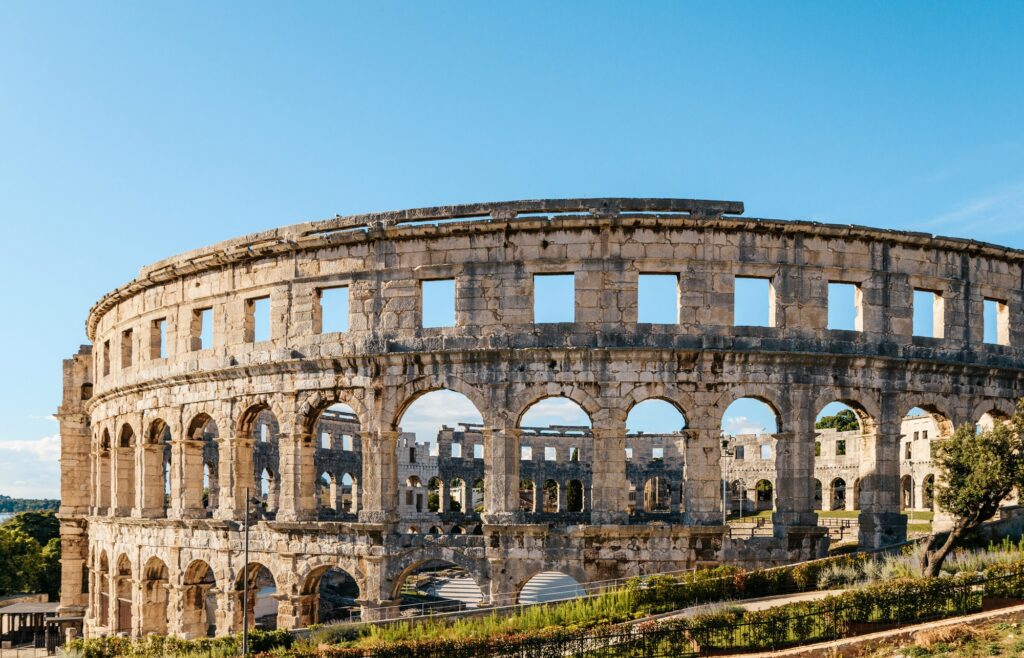
In the heart of Pula, Croatia, the Pula Arena rises majestically, capable of seating over 26,000 spectators. Built in the 1st century AD, this remarkably preserved structure continues to host events, blending the vigor of the past with contemporary culture. The spirit of Roman entertainment still lingers in the air as you explore the arches and corridors where ancient holds magnified the thrill of gladiatorial combats. Experience the romance of the amphitheater juxtaposed against the vibrant hues of Dalmatia.
Ephesus: The Great Theatre of Ancient Times
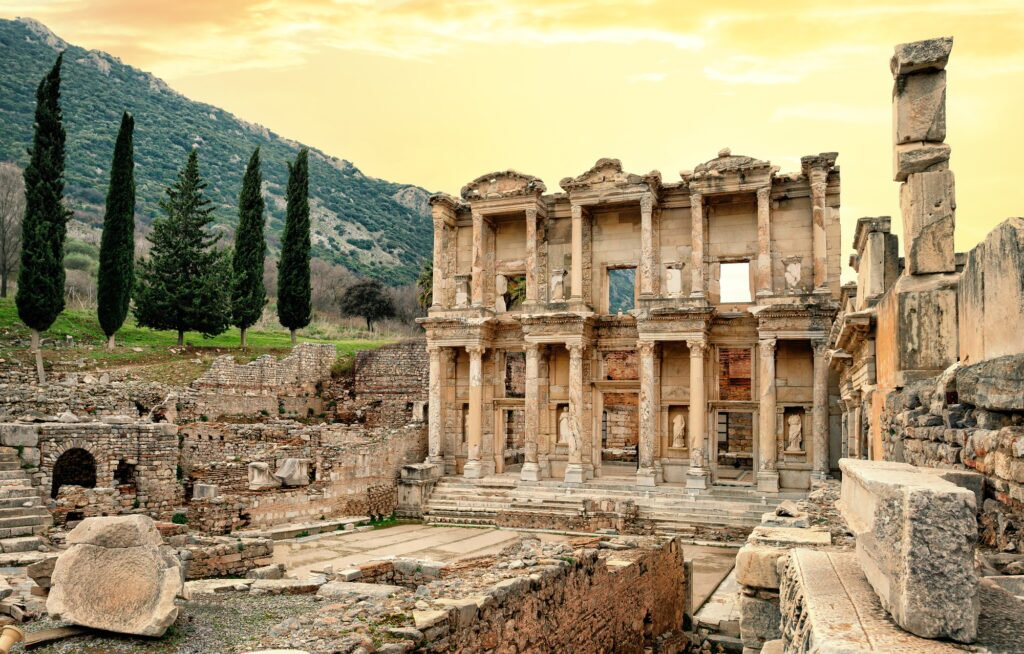
Wander the streets of Ephesus, where ancient marvels reside, including the Great Theatre, a colossal structure that could seat 25,000 spectators. Initially built for theatrical performances, it later became a venue for gladiator games, encapsulating the evolution of entertainment in the Roman era. As you stand at its center, the panoramic views across the ancient city remind you of the cultural and economic heartbeat that once resonated through its vast marble pathways.
The Rotunda of Galerius: Ancient Meets Modern
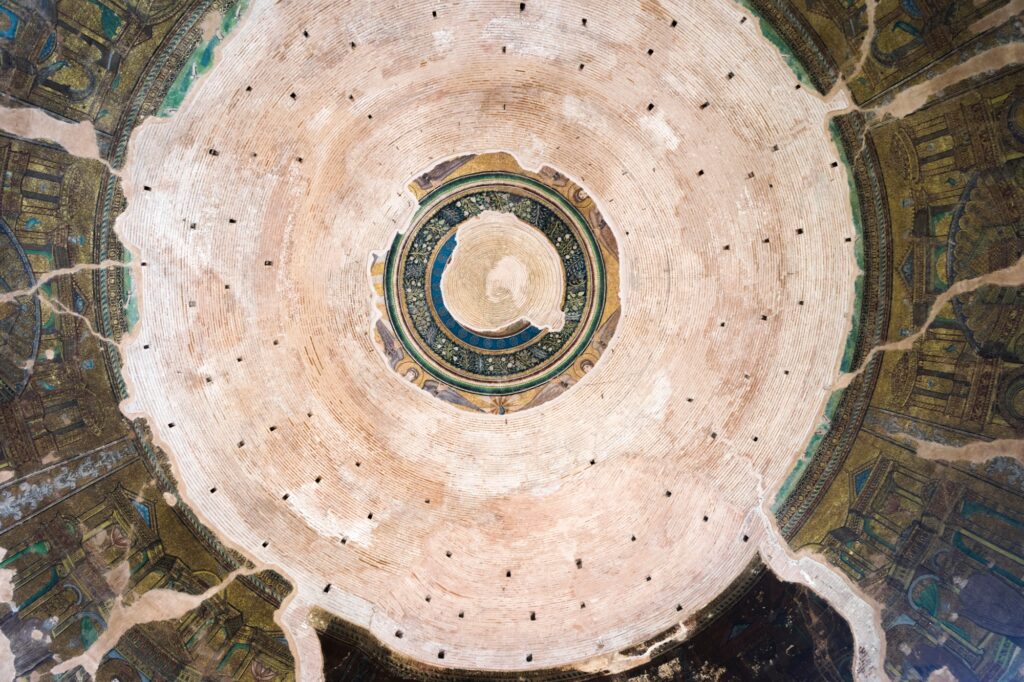
The captivating Rotunda of Galerius in Thessaloniki serves as a reminder of the layered history that characterizes the region. Originally built as a mausoleum or temple by Emperor Galerius in the early 4th century AD, this cylindrical structure has evolved into an Orthodox church. Its imposing dome and thick walls offer a glimpse into the architectural innovations of its time, surviving earthquakes and empires, making it one of the finest historical monuments in Greece.
Jerash: The Oval Forum and the Arch of Hadrian
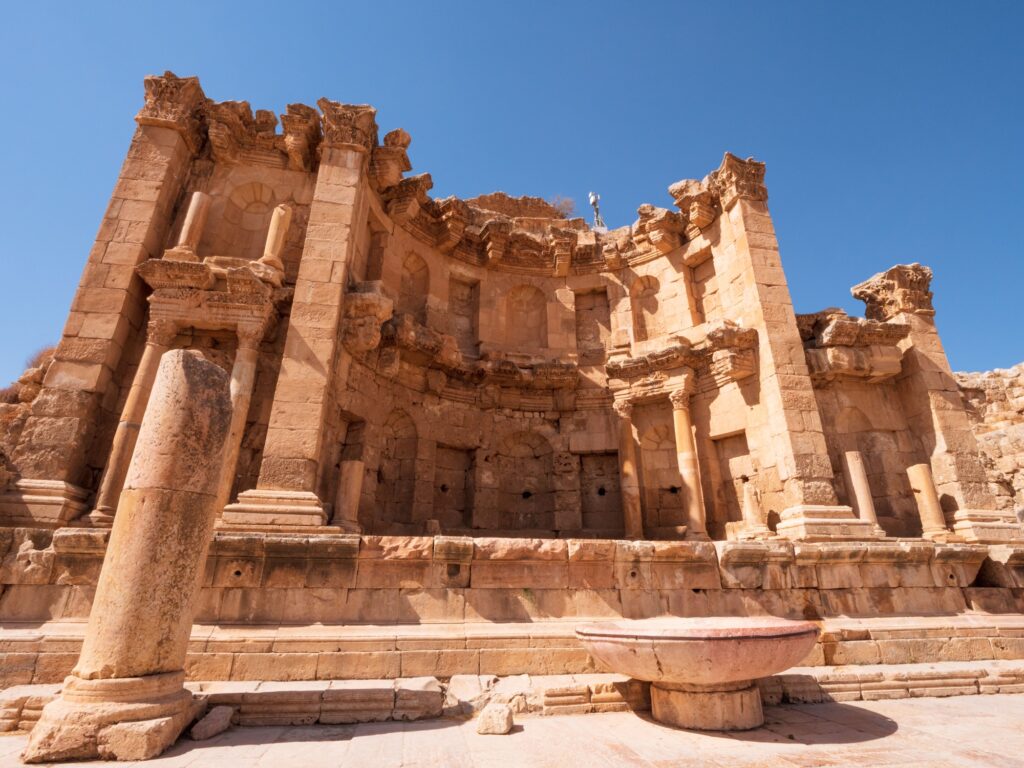
Journey to Jerash, Jordan, a city frozen in the magnificence of Roman times. Among its many treasures is the Oval Forum, a stunning open space adorned with a majestic colonnade. The Arch of Hadrian, built to commemorate the Roman Emperor’s visit in 129 AD, stands proudly at the entrance of the city, a testament to the imperial grandeur of that era. The mosaics, temples, and streets of Jerash invite you to step back into a time where Roman civilization thrived amidst the desert sands.
Hadrian’s Wall: A Boundary of Stories
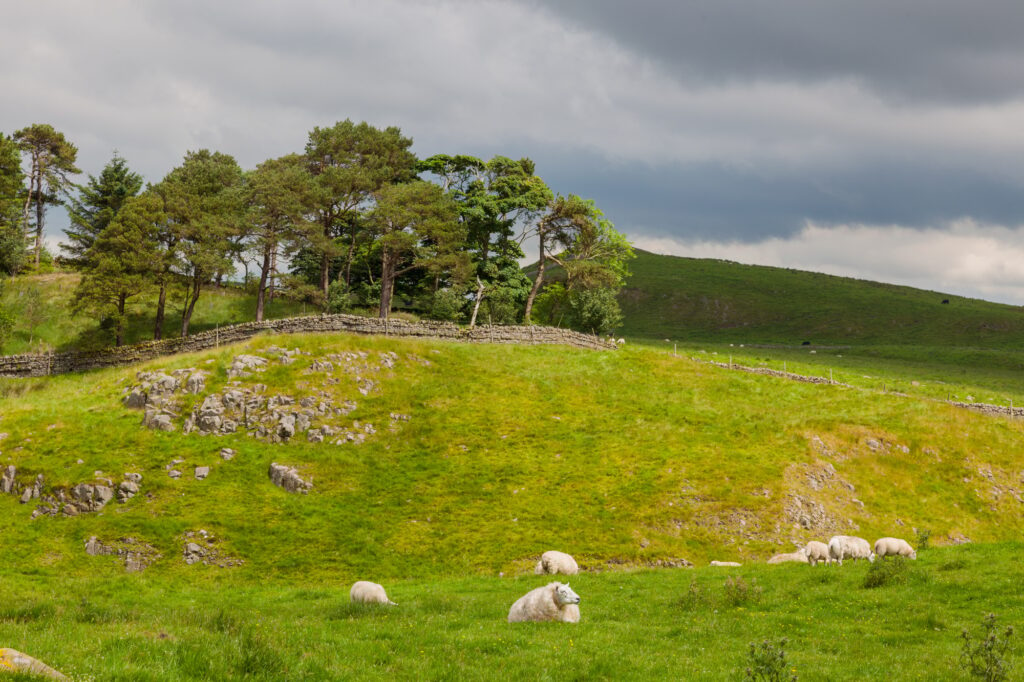
Extending across northern England, Hadrian’s Wall was built under Emperor Hadrian to protect Roman Britain from the tribes of Scotland. This impressive fortification spans 73 miles, weaving its way through breathtaking landscapes. As you trace its historical trail, stories of the Roman garrison that patrolled this boundary come alive. Discover the remnants of ancient forts, watchtowers, and settlements that paint a vivid picture of life on the frontier of the Empire.
Timgad: The Ancient Town of North Africa
Step into Timgad, a well-planned Roman colonial city founded by Emperor Trajan in 100 AD. Known for its remarkable ruins, the site boasts a grid layout with wide streets and monumental structures. The impressive Trajan’s Arch stands sentinel at the entrance, welcoming visitors to explore its ancient temples and theaters. Here, the echoes of daily Roman life continue to resonate, offering a captivating exploration of history amidst the remnants of columns and mosaics.
Villa Romana del Casale: A Mosaic Wonderland
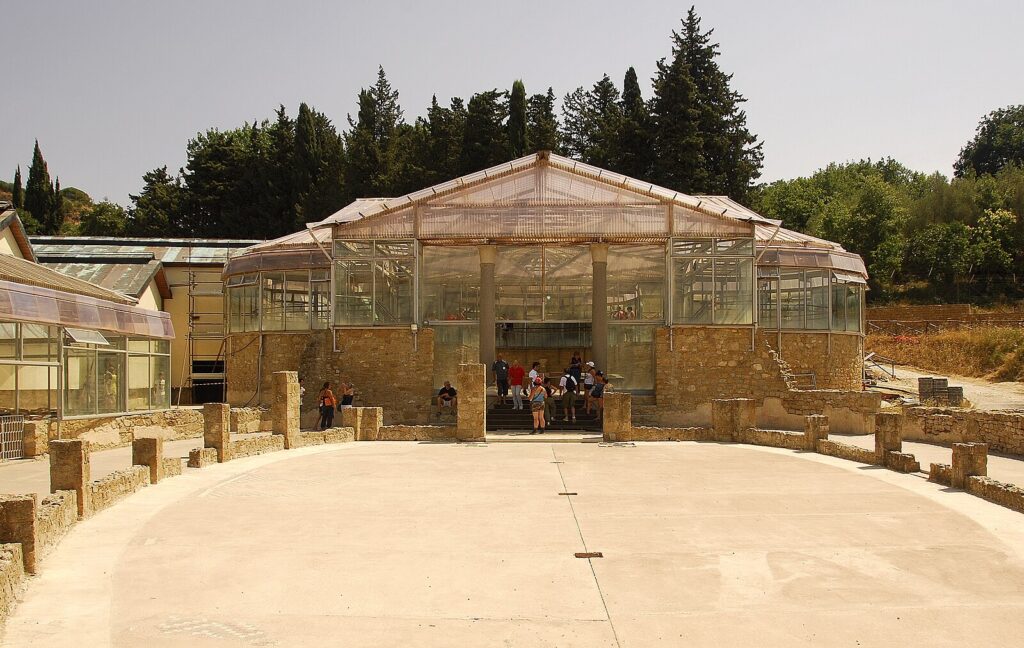 Discover the astounding Villa Romana del Casale in Sicily, renowned for possessing the most exquisite collection of Roman mosaics in the world. Built in the early 4th century, this opulent villa tells stories of daily life through intricate tile designs, notably the famous “bikini girls” mosaic. As you wander the lavish halls, the vibrant colors and detailed narratives transport you to a lively past filled with elegance and artistry.
Discover the astounding Villa Romana del Casale in Sicily, renowned for possessing the most exquisite collection of Roman mosaics in the world. Built in the early 4th century, this opulent villa tells stories of daily life through intricate tile designs, notably the famous “bikini girls” mosaic. As you wander the lavish halls, the vibrant colors and detailed narratives transport you to a lively past filled with elegance and artistry.
The Pont du Gard: Ancient Aqueduct Marvel
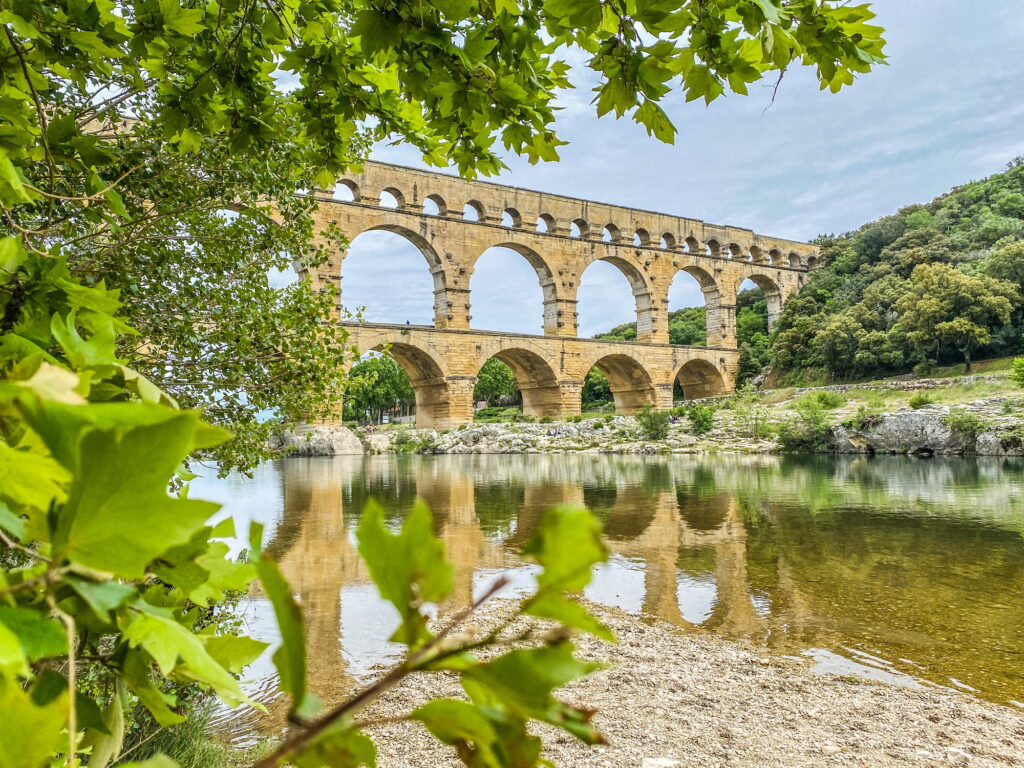
In the South of France, the Pont du Gard stands as an engineering marvel of the Roman Empire. Constructed to transport water to the city of Nîmes, this aqueduct is an astonishing example of Roman precision, built without mortar and designed with remarkable arches. As you admire its splendid form spanning the Gardon River, reflect upon the ingenuity and determination of the architects and workers who endeavored this monumental feat.
Diocletian’s Palace: The Heart of Split’s Heritage
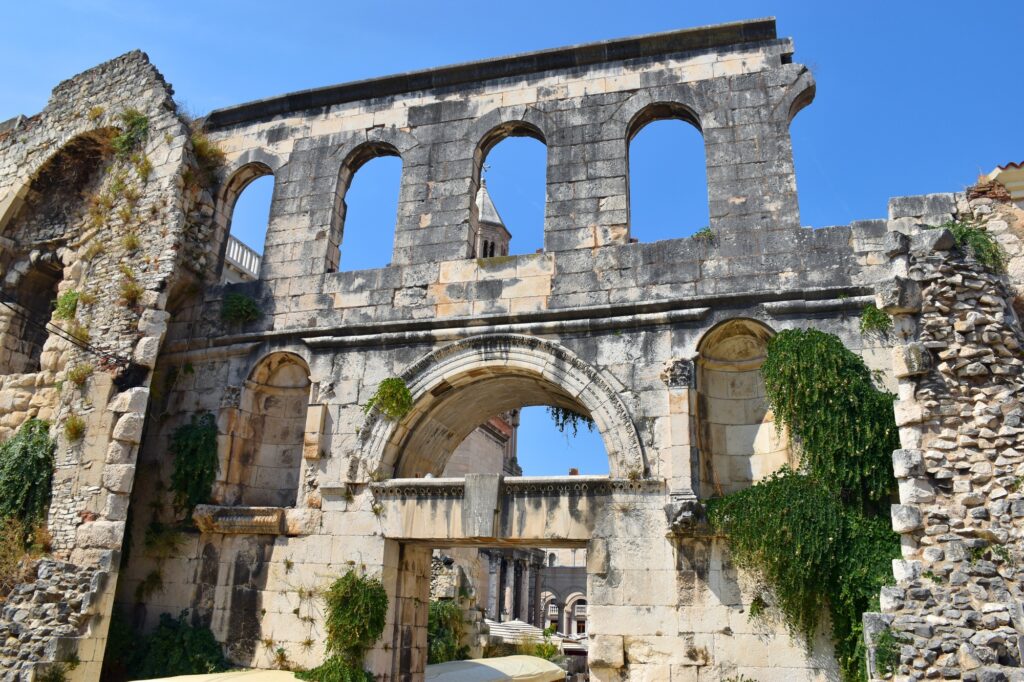
As you explore the vibrant city of Split, you can’t miss Diocletian’s Palace, a massive fortress built in 295 AD for the Roman Emperor Diocletian. This sprawling complex showcases not only the opulence of Roman architecture but also how history has transformed it into a pulsating heart of the modern city. Streets buzzing with life now intertwine with ancient stone walls, creating a unique blend of past and present in this UNESCO World Heritage site.
